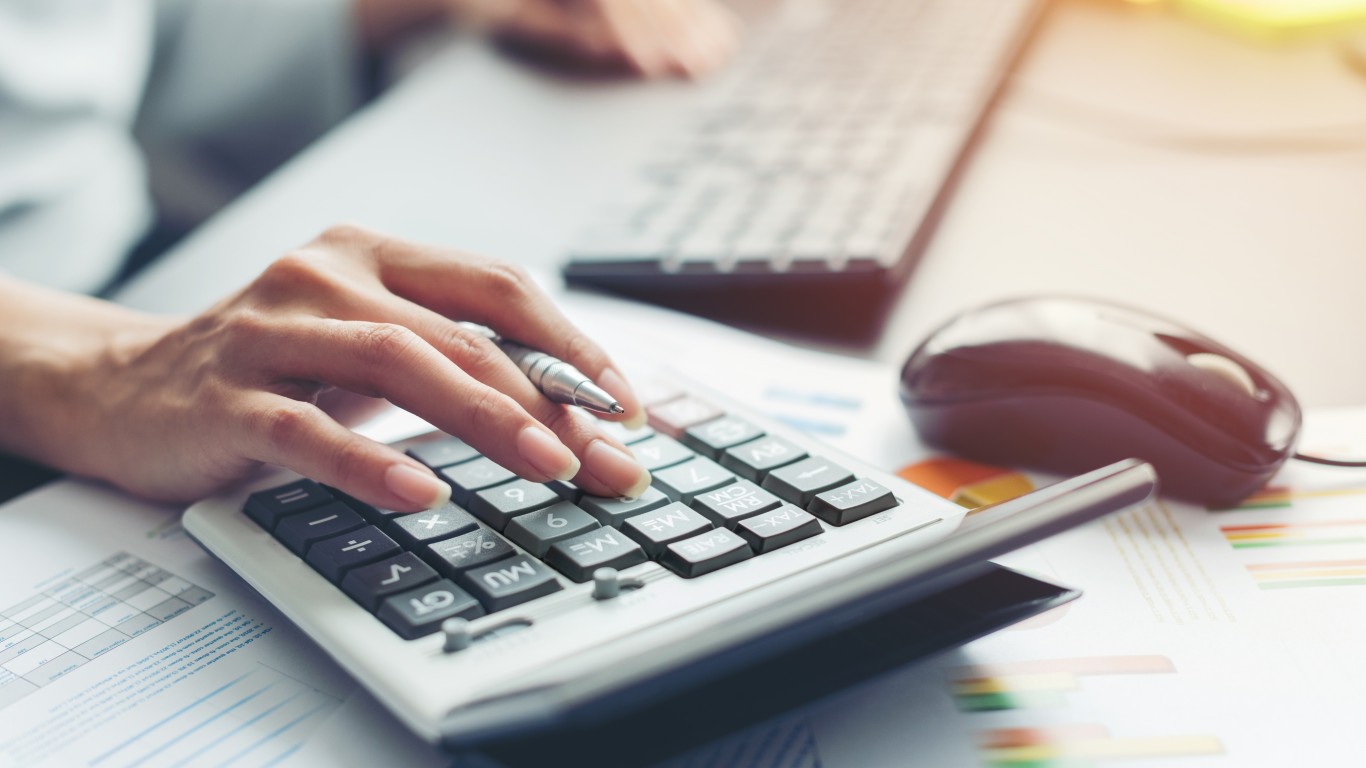
A year ago, people complained that the rate paid on their savings accounts was barely 1%. Why not keep the money in their checking accounts, many people argued. That problem has disappeared rapidly. Some savings accounts pay nearly 6%.
What happened? Inflation and the Fed’s attempt to bring inflation down. The Fed pushed up rates every quarter for most of last year and so far in 2023. Banks raised rates as well as a means to keep deposits. They wanted to stop customers from walking out the door. Each depositor that left needed to be replaced by another to keep the bank balance sheets strong.
The banks that offer the highest rates are usually small ones. Larger banks have corporate customers and other ways to turn profits. Smaller banks have fewer ways to make money. As banks have failed recently (and more may follow), a big-scale drop in deposits at small banks could be a catastrophe for them.
A look at the highest saving accounts interest rates posted at Bankrate shows UFB Direct and CFG Community Bank offer the best deals. Each is tiny compared to titans Chase, Bank of America, and Well Fargo.
CNBC reports that the highest rates are often unavailable to the general public. They are given to depositors at institutions which include credit unions. CNBC points out, “Banks currently offering 6% interest often have caps so you can only earn that high yield on a portion of your balance, meaning your savings’ growth is quite limited.”
Interest rates could continue to rise if the Fed continues to tighten. That means rates above 6% may be in the offing. Two years ago, no one would have expected this to happen.
These are the 25 biggest bankruptcies in American history.
Travel Cards Are Getting Too Good To Ignore (sponsored)
Credit card companies are pulling out all the stops, with the issuers are offering insane travel rewards and perks.
We’re talking huge sign-up bonuses, points on every purchase, and benefits like lounge access, travel credits, and free hotel nights. For travelers, these rewards can add up to thousands of dollars in flights, upgrades, and luxury experiences every year.
It’s like getting paid to travel — and it’s available to qualified borrowers who know where to look.
We’ve rounded up some of the best travel credit cards on the market. Click here to see the list. Don’t miss these offers — they won’t be this good forever.
Thank you for reading! Have some feedback for us?
Contact the 24/7 Wall St. editorial team.



